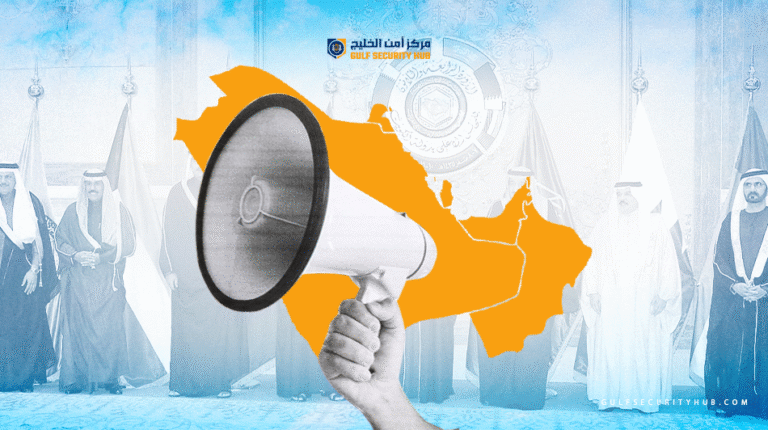In the aftermath of the Arab Spring protests, Gulf oppositions in exile experienced a momentous rise, capitalizing on digital platforms and regional shifts to position themselves at the heart of power struggles between Gulf capitals. However, this visibility quickly waned, revealing the fragile internal structures of these opposition movements and their lack of popular grassroots support.
Despite this decline, certain factions, particularly Shia groups backed by Iran, maintained a relative presence due to their entanglement in broader regional strategies. Yet, even this presence is now under threat of erosion amidst escalating geopolitical pressures following the “Al-Aqsa Flood” operation.
This article offers an in-depth examination of the intellectual and organizational foundations of Gulf oppositions in exile, exposing internal fractures manifested in ideological divisions and the absence of a unifying national project. It also highlights a notable shift in the strategies of Gulf regimes, which have increasingly adopted a “silent force” approach in dealing with these movements.
Understanding these oppositions requires a parallel understanding of the Gulf’s ideological elite landscape, which ranges from Islamist activists to social liberals and secular opposition figures often viewed with public distrust. While the Bahraini case stands as an exception due to the depth of sectarian polarization and the historical entrenchment of its opposition, Gulf oppositions generally share a core dilemma: weak popular representation.
This is compounded by contradictions in their rhetoric—oscillating between reformist slogans and escalatory practices—and by affiliations with external ideological currents, such as Wilayat al-Faqih and the Muslim Brotherhood, which raise questions about their political independence.
Rather than merely tracing trajectories, this article poses a critical question: can the Gulf opposition in exile evolve into a genuine force for change, transcending fragility and dependency, or will it remain confined to a symbolic margin, shaped and ultimately consumed by greater geopolitical balances? As the region braces for transformative shifts, the moment of truth may be closer than we think.

